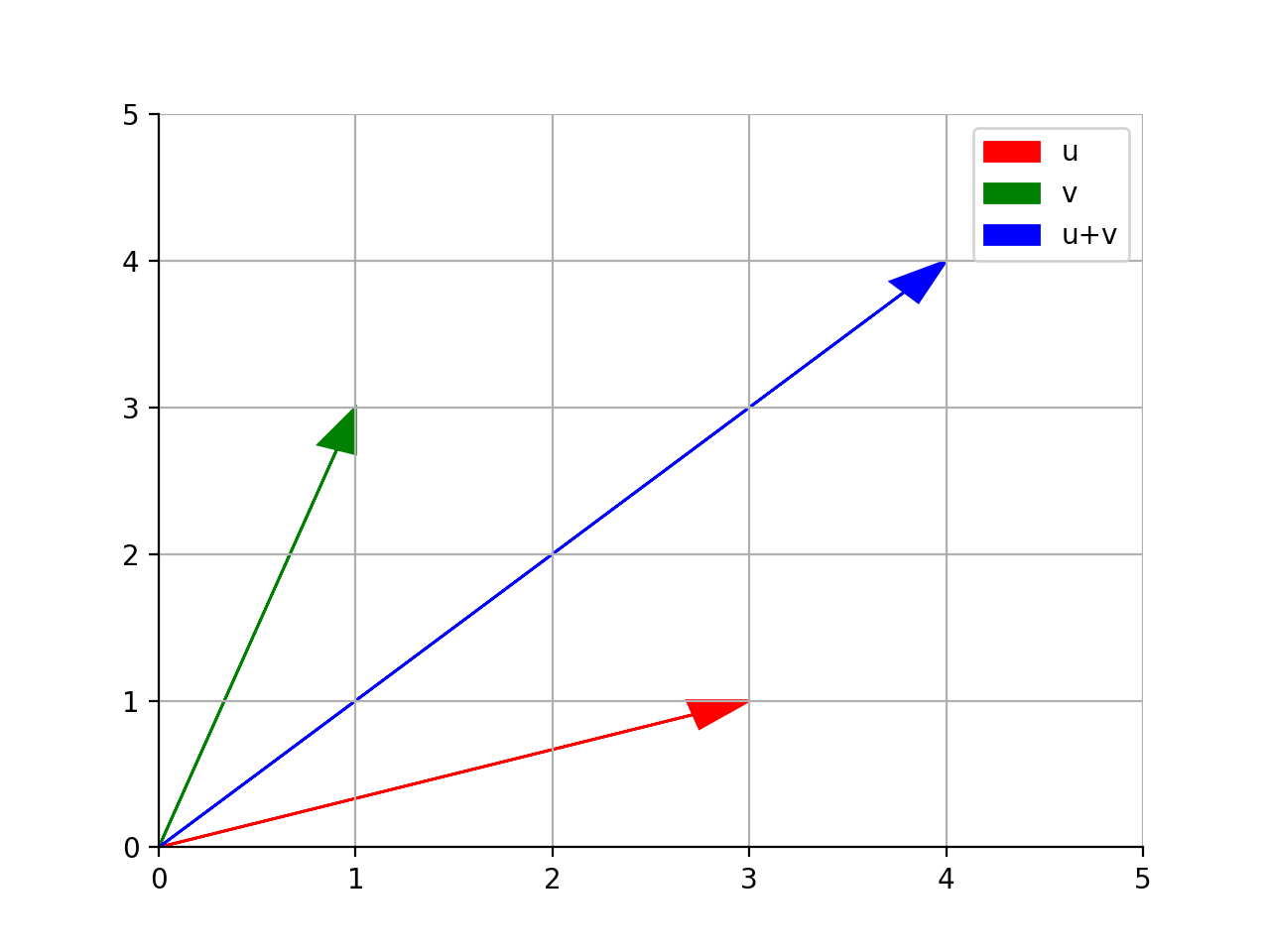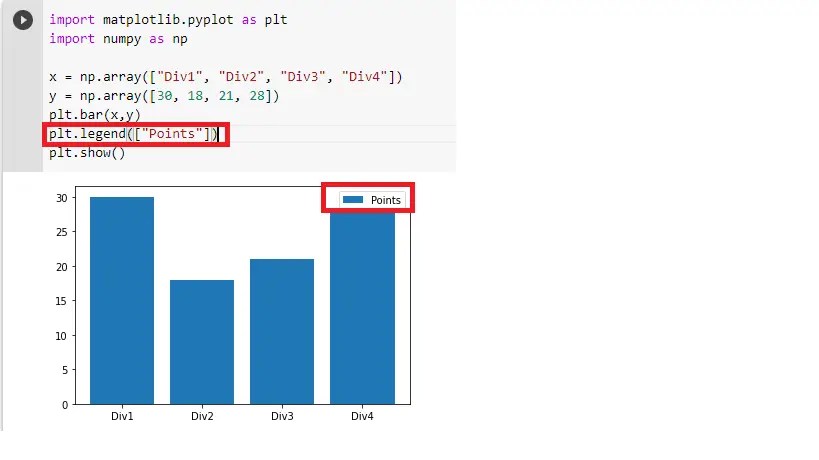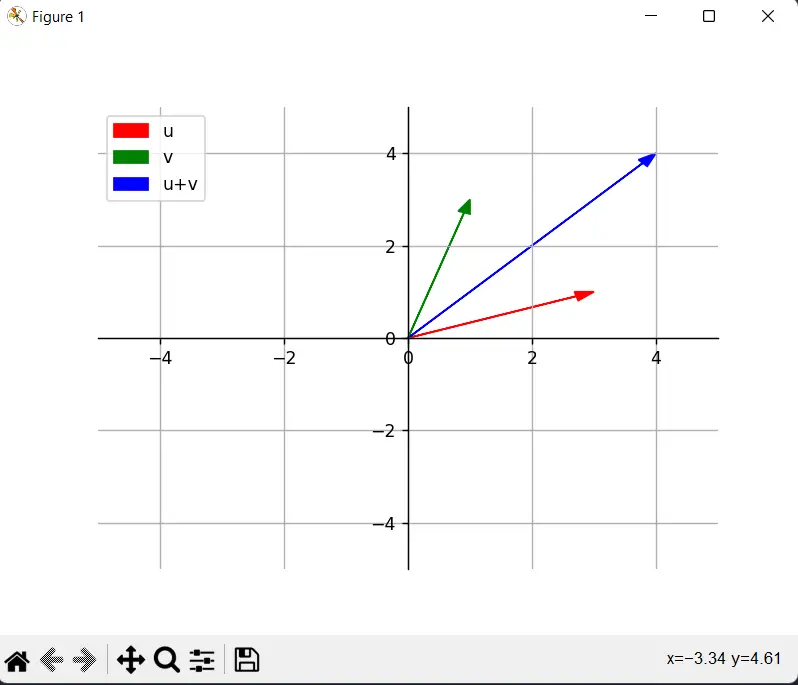You are looking for information on the topic “no handles with labels found to put in legend”. dongtienvietnam.com will gather information to answer your questions in this article. Please read this article to the end to find the information you want to see. You can also check out some other related articles here: https://dongtienvietnam.com/category/wiki/ Matplotlib legend 2 y-axis, Ax legend, Legend in bar plot python, Plt legend, Scatter label, Plt legend not showing, Matplotlib legend size, What is FigureCanvas used.
View information about the no handles with labels found to put in legend
Information about this question
- Question: no handles with labels found to put in legend
- Time: Askeded 21 hours ago
- Modified: Updated 137 hours ago
- View: 4757
no handles with labels found to put in legend
This error message typically occurs when there are no plot elements with labels that can be used to create a legend.
In most plotting libraries, a legend is created by specifying labels for plot elements such as lines, markers, or bars. These labels are used to describe the plot elements in the legend. If there are no plot elements with labels, the legend cannot be created and the error message “no handles with labels found to put in legend” is raised.
To fix this error, you need to add labels to the plot elements that you want to include in the legend. For example, if you are using Matplotlib to create a line plot, you can add a label to the line by specifying the “label” parameter when you create the plot:
scssimport matplotlib.pyplot as plt x = [1, 2, 3, 4] y = [1, 4, 2, 3] plt.plot(x, y, label="line 1") plt.legend() plt.show()
In this example, the label “line 1” is added to the plot using the label parameter, and the legend() function is called to create the legend.
If you have already added labels to the plot elements, make sure that they are spelled correctly and match the labels used in the legend() function. If the labels are correct and the error persists, you may need to check for other issues with your code or data.
Watch videos related to “no handles with labels found to put in legend”
Legend Function in Matplotlib | Pytplot | Python Tutorials
What are handles and labels in legend?
In data visualization, a legend is a key that explains the symbols, colors, and patterns used to represent the data on a chart or graph. Handles and labels are two important elements of a legend.
A handle is a graphical representation of the data in the plot, such as a line or a marker. The handle is what appears in the plot itself. For example, if you create a scatter plot with blue circles for one set of data and red triangles for another set of data, the handles would be the blue circles and red triangles.
A label, on the other hand, is the text that appears in the legend to explain what the handle represents. In the example above, the labels might be “Data Set 1” and “Data Set 2”. The label should be clear and descriptive enough to help the reader understand what the handle represents.
Together, handles and labels form the key elements of a legend, making it easy for readers to understand the meaning of the data represented in the plot.
What is legend () in Python?
legend() is a function in Python’s matplotlib library that is used to add a legend to a plot. A legend is a key that explains what the different lines or markers in a plot represent.
The legend() function takes several optional arguments that can be used to customize the appearance of the legend, such as the location (loc parameter) and the font size (fontsize parameter). Here’s an example of how to use legend():
pythonimport matplotlib.pyplot as plt # Create some data x = [1, 2, 3, 4] y1 = [1, 3, 2, 4] y2 = [2, 4, 3, 1] # Plot the data and add a legend plt.plot(x, y1, label='Line 1') plt.plot(x, y2, label='Line 2') plt.legend() # Show the plot plt.show()
In this example, we create two lines (y1 and y2) and plot them against the x values. We add a label to each line using the label parameter in the plot() function. Finally, we call legend() to add a legend to the plot that shows the label for each line.
What is meant by legend in data science?
In data science, a legend is a key that provides information about the meaning of different colors, symbols, or shapes used in a graph, chart, or plot. Legends are used to make it easier to interpret visual representations of data by providing a clear explanation of what each element of the graph or plot represents.
For example, if you have a scatter plot that shows the relationship between two variables, you might use a legend to indicate what each point on the plot represents. This could include information such as the name of the data series, the value of a third variable that affects the size or color of the points, or other relevant information.
Legends are an important tool in data visualization because they help to ensure that the viewer understands the meaning of the data being presented. Without a legend, a graph or plot may be difficult to interpret, and important insights could be missed.
Images related to no handles with labels found to put in legend
Found 47 no handles with labels found to put in legend related images.





Matplotlib legend 2 y-axis
To add a legend for a plot with two y-axes in Matplotlib, you can use the legend() method with the label parameter to set the labels for each line, and then use the ax.legend() method to create a legend for each y-axis.
Here’s an example code that demonstrates how to add a legend to a plot with two y-axes:
pythonimport numpy as np import matplotlib.pyplot as plt # Create some data for the plot x = np.linspace(0, 10, 100) y1 = np.sin(x) y2 = np.cos(x) # Create a figure with two y-axes fig, ax1 = plt.subplots() ax2 = ax1.twinx() # Plot the data on the first axis ax1.plot(x, y1, color='blue', label='Sin') ax1.set_xlabel('X') ax1.set_ylabel('Sin', color='blue') # Plot the data on the second axis ax2.plot(x, y2, color='red', label='Cos') ax2.set_ylabel('Cos', color='red') # Create a legend for the plot lines, labels = ax1.get_legend_handles_labels() lines2, labels2 = ax2.get_legend_handles_labels() ax2.legend(lines + lines2, labels + labels2, loc='upper left') # Show the plot plt.show()
In this example, we create a figure with two y-axes using the twinx() method. We then plot two sets of data on each axis, and set the labels for each line using the label parameter in the plot() method. Finally, we create a legend for the plot using the ax.legend() method, which takes two lists of handles and labels, one for each axis.
Ax legend
In data visualization, an “ax legend” typically refers to the legend or key that explains the meaning of the various colors or symbols used in a plot. The legend is usually placed next to the plot and provides a useful reference for interpreting the data.
The ax legend is particularly important when dealing with complex plots that involve multiple data series or variables. By providing a clear and concise explanation of the different colors or symbols used in the plot, the ax legend can help the viewer quickly and easily understand the relationships between the various data points.
In matplotlib, a popular Python data visualization library, the ax.legend() function can be used to add a legend to a plot. The function takes various parameters, such as the labels for the different data series and the location of the legend on the plot.
Overall, the ax legend is an essential component of effective data visualization, as it helps to make complex data more accessible and understandable to a wider audience.
You can see some more information related to no handles with labels found to put in legend here
- No handles with labels found to put in legend – Stack Overflow
- no handles with labels found to put in legend – Statology
- No handles with labels found to put in legend : Matplotlib …
- [Resolved] No Handles With Labels Found to Put in Legend
- Legend guide — Matplotlib 3.7.1 documentation
- Explain what are legends with an example using matplotlib ?
- Adding a legend | Data Visualizations | Documentation – Dundas BI
- No Handles With Labels Found to Put in Legend | Delft Stack
- histplot legend: No handles with labels found to put in … – GitHub
- Reading in your data
Comments
There are a total of 582 comments on this question.
- 828 comments are great
- 901 great comments
- 187 normal comments
- 109 bad comments
- 35 very bad comments
So you have finished reading the article on the topic no handles with labels found to put in legend. If you found this article useful, please share it with others. Thank you very much.
